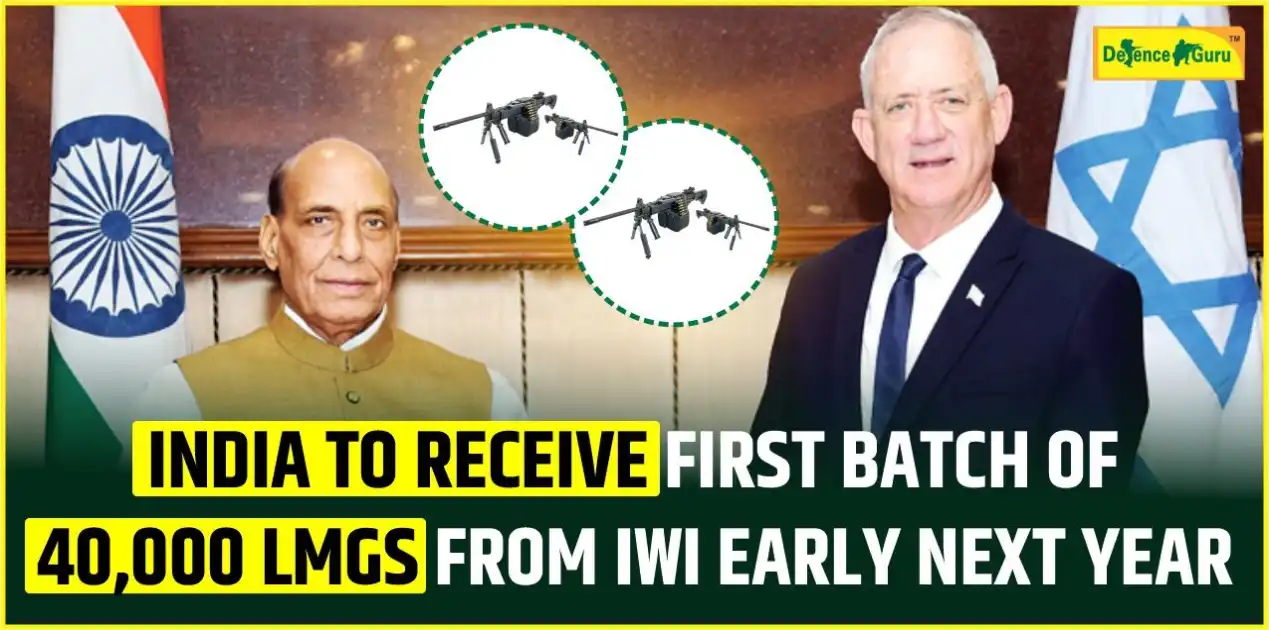India’s Indigenous Tejas Mark-1A Fighter Jet
Nashik / New Delhi, October 17, 2025 - Exciting times for India's indigenous fighter aircraft programme! The first Tejas Mk-1A, manufactured at the HAL Nashik plant, will take its maiden flight today.
Defence Minister Rajnath Singh will be in attendance to share in this moment of pride and also open the third production line for the Tejas fighter aircraft at the same facility.
A Major Milestone for HAL Nashik
HAL's Nashik plant is a big boost to India's local aircraft manufacturing. It is HAL's third production line for Tejas, complementing the two which are already in operation at Bengaluru.
With this expanded line, HAL will be capable of manufacturing a maximum of 24 Tejas jets annually, a substantial increase from its current capacity.
Along with the Tejas expansion, the Defence Minister will also launch HAL’s second production line for the HTT-40 basic trainer aircraft at Nashik, showing HAL’s growing capability to support India’s defence needs.
Tejas Mk-1A: Smarter, Stronger, Sharper
The Mk-1A variant is a more enhanced and advanced version of the initial Tejas Mk-1. It has more than 40 upgrades incorporated into it, which makes it stronger and combat-capable. Some of its most prominent features are:
- AESA radar and future-generation avionics (such as the Indian-developed Uttam radar)
- A sophisticated Electronic Warfare (EW) suite for enhanced combat protection
- Air-to-air refuelling, enabling longer mission times
- Interoperability with advanced weapons, such as the Astra and ASRAAM beyond-visual-range missiles
But for all these advancements, the programme has taken a few setbacks as well. The principal cause of delays has been the tardy delivery of GE F404-IN20 engines from the USA. HAL and the Defence Ministry have identified these supply chain-related issues as the principal bottleneck in adhering to delivery timetables.
HAL has said it plans to deliver 12 Tejas Mk-1A aircraft by the end of the 2025–26 financial year, provided engine deliveries remain on track.
What’s Happening Today
The flight today is likely to be a brief test flight primarily to assess how the airframe, avionics, and systems fare in the air. Thereafter, the planes will undergo a number of additional rounds of testing, such as weapon trials, electronic warfare tests, and expansion of the flight envelope.
The deliveries of the jets to the Indian Air Force (IAF) would begin by HAL as soon as all these tests are passed successfully and the aircraft gets certified.
For the time being, the IAF will not get the aircraft immediately after today's flight, but the service is waiting with bated breath for it. In fact, Air Chief Marshal A. P. Singh humorously stated, "We are waiting for the LCA Mk-1A like hungry mouths waiting for food."
Boost to India’s Defence Self-Reliance
The successful flight of the Tejas Mk-1A from Nashik will be yet another proud chapter in India's Atmanirbhar Bharat (self-reliant India) drive. It also reflects the capacity of HAL in widening the production of fighter jets beyond Bengaluru, making India rely less on foreign aircraft imports.
The government recently okayed a large contract for 97 Tejas Mk-1A jets—68 single-jets and 29 twin-jets that will provide a huge boost to the programme. In addition, the Ministry of Defence signed a ₹62,370 crore (approximately USD 7 billion) contract with HAL to accelerate the manufacture of these improved jets.
Defence Minister Rajnath Singh has again and again stated that India's next giant step would be in the indigenous engine-driven fifth-generation fighter aircraft, taking the nation on the path to absolute self-reliance in defence production.
Challenges Ahead
Although the flight today is an achievement of gigantic proportions, some challenges lie ahead on the journey:
- Engine Supply: A Sustained supply of GE F404 engines will be essential to ensure production pace.
- Testing & Certification: The planes still need to pass weapon, EW, and performance tests before induction.
- Production Ramp-Up: Production of 24 aircraft annually will need robust supply chains as well as private sector backing.
- Timely Delivery: Keeping the IAF on schedule with delivery will be one of the success factors.
Read more:
Tejas Mk-1A Set for Maiden Flight from HAL Nashik on October 17
Nagpur Set to Become India’s First Full Rafale Production Hub

















